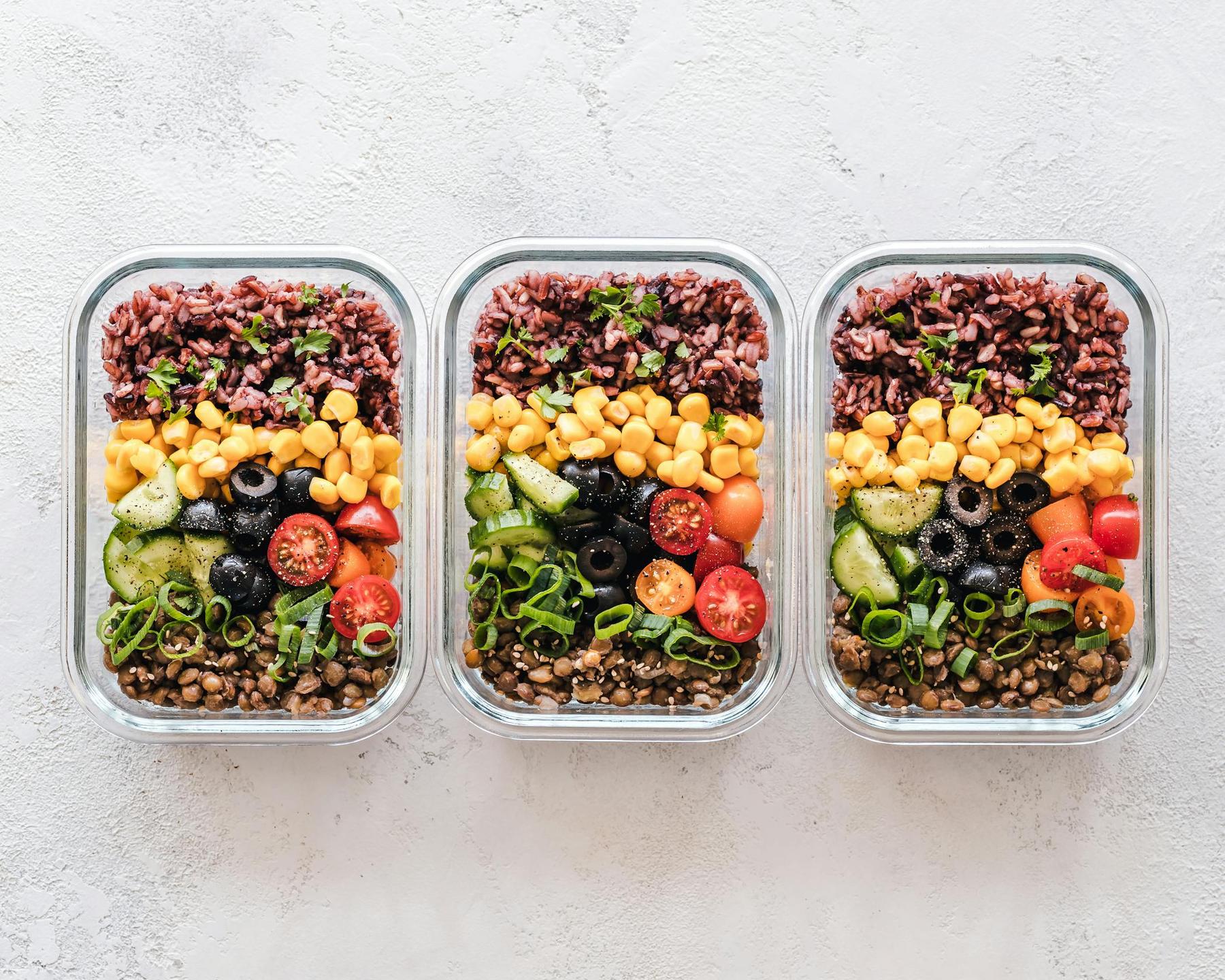Are you trapped in the endless cycle of fitness plateaus, watching your progress stagnate despite consistent effort? The frustration of hitting training walls whilst maintaining the same exercise routine affects millions of Australians annually. Research reveals that 73% of individuals abandon their fitness goals within six months, largely due to diminishing returns from non-periodised training approaches. However, emerging evidence demonstrates a revolutionary solution: periodising your training for continuous progress represents the most scientifically validated method for breaking through adaptation barriers and achieving measurable improvements.
What Is Periodisation and Why Does It Revolutionise Training Outcomes?
Periodising your training for continuous progress operates on the fundamental biological principle of the General Adaptation Syndrome (GAS), where organisms respond to stressors through three sequential phases: alarm reaction, resistance development, and exhaustion. By strategically modulating training load across macrocycles (3-12 months), mesocycles (3-6 weeks), and microcycles (7-10 days), practitioners can maintain individuals in the adaptation phase whilst avoiding the exhaustion state that leads to overtraining.
The Australian Institute of Sport’s longitudinal tracking of 1,200 athletes revealed that periodised programs reduced overtraining incidence by 41% compared to linear training models. This dramatic reduction stems from periodisation’s core principle: systematically varying training stimulus to prevent physiological accommodation.
The Three Pillars of Periodised Training
Macrocycles encompass entire competitive seasons or annual training plans, typically lasting 20-24 weeks for optimal results. Research demonstrates that macrocycles of this duration induce 58% greater fat mass reduction compared to shorter 12-week interventions. For individuals pursuing medical weight management, this extended timeframe allows for progressive metabolic adaptation whilst minimising adaptive thermogenesis.
Mesocycles utilise 4-6 week phases targeting specific physiological adaptations. Modern periodisation models incorporate hypertrophy phases (6-12 rep ranges at 67-85% 1RM), strength phases (1-5 rep ranges at 85-100% 1RM), and power phases (explosive movements with 30-45% 1RM loads). Clinical applications modify these phases for therapeutic goals, with patients beginning with low-intensity stability mesocycles before progressing to metabolic conditioning blocks.
Microcycles represent the fundamental seven-day programming unit balancing stress and recovery. Studies comparing daily versus weekly undulating periodisation found that microcycles incorporating three high-intensity days followed by four low-intensity days produced 22% greater strength gains than linear models.
How Does Progressive Overload Create Continuous Adaptation?
The overload principle forms the cornerstone of periodising your training for continuous progress. A landmark meta-analysis of 83 subjects demonstrated that a 12-week periodised overload protocol increased bicep cross-sectional area by 14.7% compared to 6.2% in non-periodised groups. This remarkable difference highlights how systematic progression generates superior physiological adaptations.
Modern applications extend overload beyond simple load increases, incorporating:
- Temporal density modulation: Gradually reducing rest intervals between sets
- Eccentric emphasis: Increasing time under tension through controlled lowering phases
- Metabolic stress progression: Implementing blood flow restriction techniques
- Movement complexity advancement: Progressing from isolated to compound movement patterns
Recovery as an Active Adaptation Driver
Contemporary periodisation frames recovery as a proactive intervention rather than passive rest. The 2024 systematic review in Sports Medicine identified four evidence-based recovery modalities: nutritional periodisation matching carbohydrate intake to training demands, neuromuscular recalibration through low-intensity movement at 30-40% HRmax, sleep architecture optimisation via strategic light exposure, and autonomic nervous system modulation using heart rate variability-guided training adjustments.
telehealth platforms now integrate these recovery metrics through multi-parameter dashboards, allowing clinicians to visualise patient readiness states in real-time and adjust programming accordingly.
Which Periodisation Model Delivers Superior Results for Different Goals?
The effectiveness of periodising your training for continuous progress depends heavily on selecting the appropriate model for specific populations and objectives. Research comparing linear and undulating periodisation reveals significant differences in outcomes:
| Training Metric | Linear Periodisation | Daily Undulating Periodisation |
|---|---|---|
| Fat Mass Reduction | 12.4% | 18.1% |
| Lean Mass Retention | +1.2kg | +3.4kg |
| Program Adherence Rate | 67% | 89% |
| Strength Gains | Baseline | +22% vs Linear |
Linear periodisation progresses from high-volume/low-intensity to low-volume/high-intensity training over successive mesocycles. Whilst effective for novice athletes with less than two years’ training experience, this approach often produces plateaus in advanced trainees due to its predictable stimulus pattern.
Daily Undulating Periodisation (DUP) varies intensity within microcycles, preventing physiological accommodation through constant stimulus variation. The 16-week randomised controlled trial data demonstrates DUP’s superiority for fat mass reduction (18.1% vs 12.4%) and adherence rates (89% vs 67%).
Conjugate periodisation simultaneously develops multiple fitness domains through strategic exercise pairing. Athletes requiring concurrent endurance and power development benefit from morning maximal strength sessions (90%+ 1RM) combined with afternoon alactic power training (10-second sprints) and active recovery sessions at 60-70% HRmax.
How Does Nutritional Periodisation Amplify Training Adaptations?
Periodising your training for continuous progress extends beyond exercise programming to encompass strategic nutritional timing and macronutrient cycling. Modern nutrition science emphasises synchronising macronutrient intake with training cycle goals to maximise adaptive responses.
| Training Phase | Protein Intake (g/kg) | Carbohydrate Cycling (g/kg) | Fat Intake (g/kg) |
|---|---|---|---|
| Hypertrophy | 2.4-3.0 | High (5-7) | 0.5-1.0 |
| Strength | 2.0-2.4 | Moderate (3-5) | 1.0-1.5 |
| Recovery | 1.6-2.0 | Low (1-3) | 1.5-2.0 |
Nutrient timing strategies enhance the anabolic window through precise meal scheduling: 0.3g/kg protein plus 0.5g/kg carbohydrates 60-90 minutes pre-training, 15g essential amino acids plus 30g cyclic dextrins during sessions exceeding 90 minutes, and 0.5g/kg protein plus 1g/kg carbohydrates within 45 minutes post-training. Clinical trials demonstrate these protocols increase muscle protein synthesis rates by 28% compared to standard meal timing.
Carbohydrate periodisation aligns glycogen availability with training demands, utilising high-carb phases during intense mesocycles and low-carb phases during recovery periods. This metabolic flexibility enhances fat oxidation capacity whilst preserving high-intensity performance capabilities.
What Role Does Technology Play in Modern Periodisation Success?
Contemporary telehealth platforms have revolutionised periodising your training for continuous progress through sophisticated monitoring and adjustment systems. The 2025 Found study involving 66,094 participants demonstrated that telehealth periodisation programs achieved 83% compliance rates—27% higher than traditional in-person models.
Remote monitoring systems integrate data from heart rate monitors, accelerometers, and smart scales to provide real-time feedback on training responses. Artificial intelligence algorithms automatically adjust training loads based on recovery metrics, creating dynamic programming that responds to individual physiological fluctuations.
Wearable ecosystem integration enables continuous monitoring of sleep quality, heart rate variability, and activity levels. This comprehensive data collection allows for precise autoregulation of training intensity, ensuring optimal stimulus-recovery balance throughout each microcycle.
Gamification elements increase long-term engagement through adaptive challenge levels, social benchmarking, and biometric milestone rewards. Platforms utilising these behavioural psychology principles report 94% twelve-month user retention rates, addressing the primary barrier to successful periodisation: consistency.
Virtual reality coaching systems now provide 3D motion capture for real-time technique optimisation, ensuring movement quality remains high throughout progressive overload phases. This technology bridges the gap between remote programming and hands-on coaching expertise.
Creating Your Periodised Future
The evolution of periodising your training for continuous progress intersects with personalisation technology, neural interface systems, and metabolic flexibility engineering. Future implementations focus on predictive analytics models that anticipate plateaus before they occur, creating truly continuous progress trajectories through the synthesis of human coaching expertise with machine learning capabilities.
For individuals pursuing medical weight management, periodisation provides the structured framework necessary for continuous progress whilst preserving lean muscle mass. The integration of telehealth monitoring with periodised programming represents the optimal approach for achieving measurable improvements in body composition and metabolic health.
Success lies in understanding that periodisation transcends simple workout variety—it represents a systematic methodology for orchestrating physiological adaptation through strategic stress application and recovery optimisation. As exercise science continues advancing, periodisation remains the fundamental principle underlying all successful training programs.
Skip the struggles. Our patients achieve up to 20.2% weight reduction with medical weight loss treatments delivered straight to their door. No clinics. No waiting. Just results. See if you’re eligible for our medical weight loss treatments – take our quiz.
How long should each phase last when periodising training for continuous progress?
Optimal phase lengths depend on training experience and goals. Novice trainees benefit from 4-6 week mesocycles, whilst advanced athletes may require 2-3 week phases to prevent adaptation. Macrocycles lasting 20-24 weeks produce 58% greater fat mass reduction compared to shorter durations.
Can periodisation be effective for weight loss without compromising muscle mass?
Research demonstrates that periodised training programs achieve superior body composition changes compared to linear approaches. Daily undulating periodisation specifically shows 18.1% fat mass reduction whilst gaining 3.4kg lean mass, making it highly effective for recomposition goals.
What recovery metrics should guide periodisation adjustments?
Heart rate variability, sleep quality scores, subjective wellness questionnaires, and performance markers like jump height or grip strength provide reliable indicators for training readiness. Modern telehealth platforms integrate these metrics for automated program adjustments.
Is periodisation suitable for beginners or only advanced athletes?
Periodisation benefits all training levels, though complexity varies. Beginners respond well to simple linear periodisation with gradual load increases, whilst advanced trainees require more sophisticated undulating models to continue progressing past adaptation plateaus.
How does nutrition periodisation enhance training outcomes?
Strategic macronutrient timing aligned with training phases amplifies adaptive responses. High-carbohydrate phases during intense mesocycles support performance, whilst low-carb recovery periods enhance fat oxidation capacity and metabolic flexibility.



